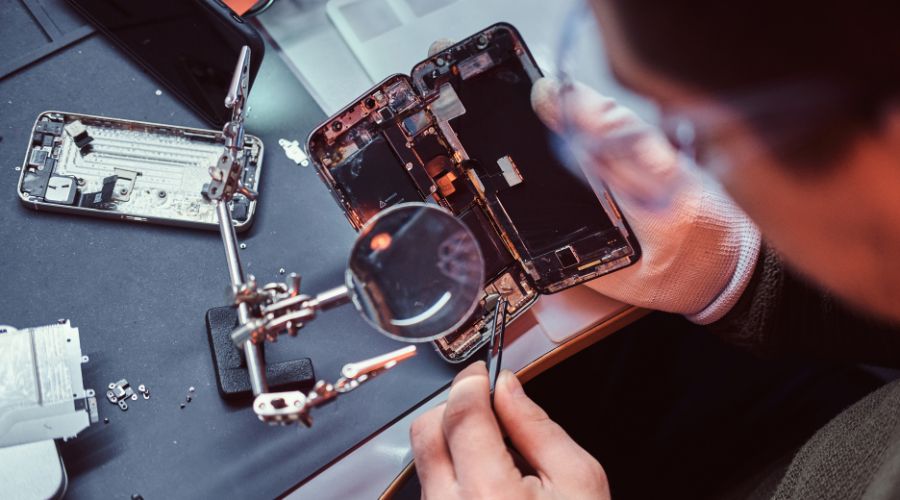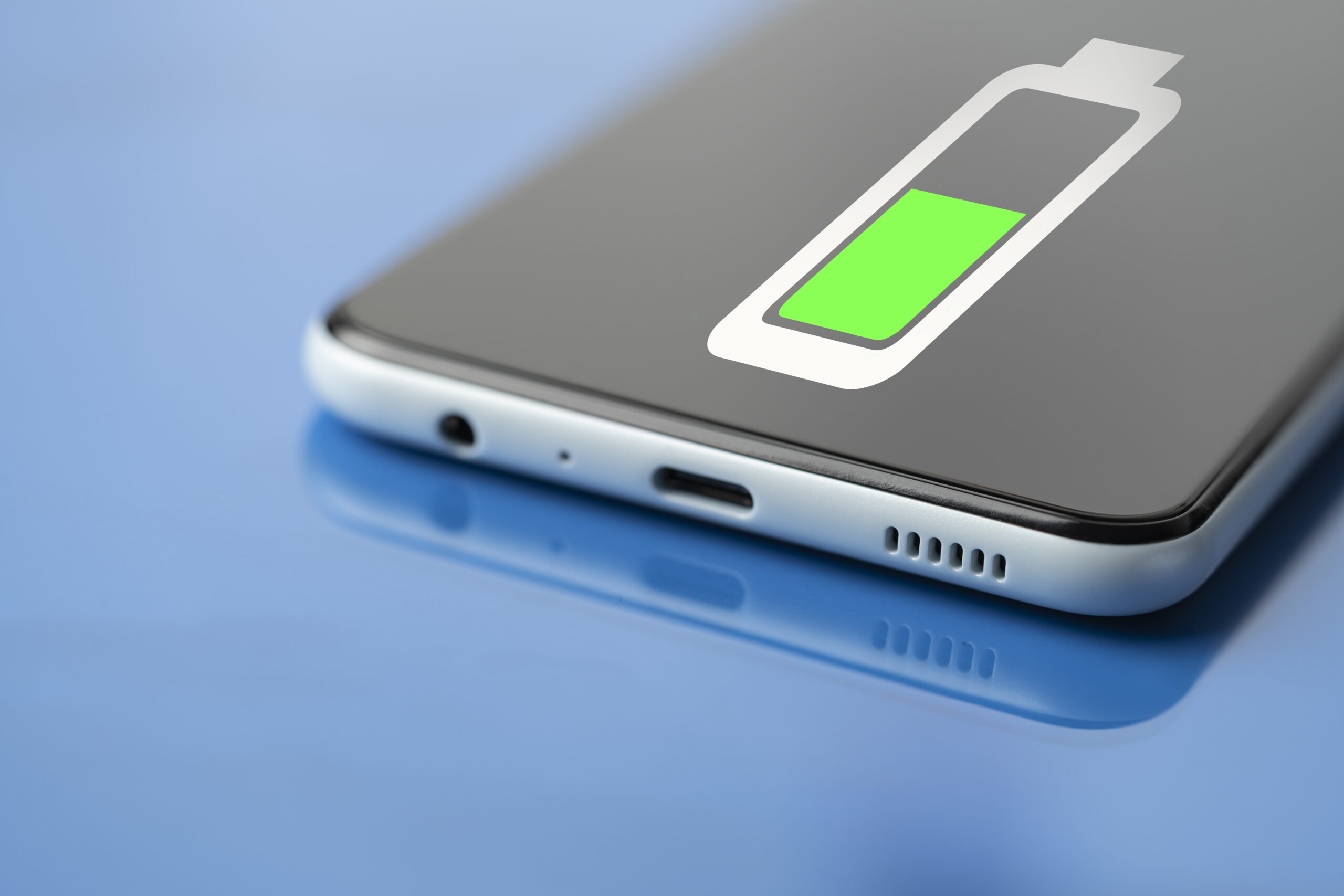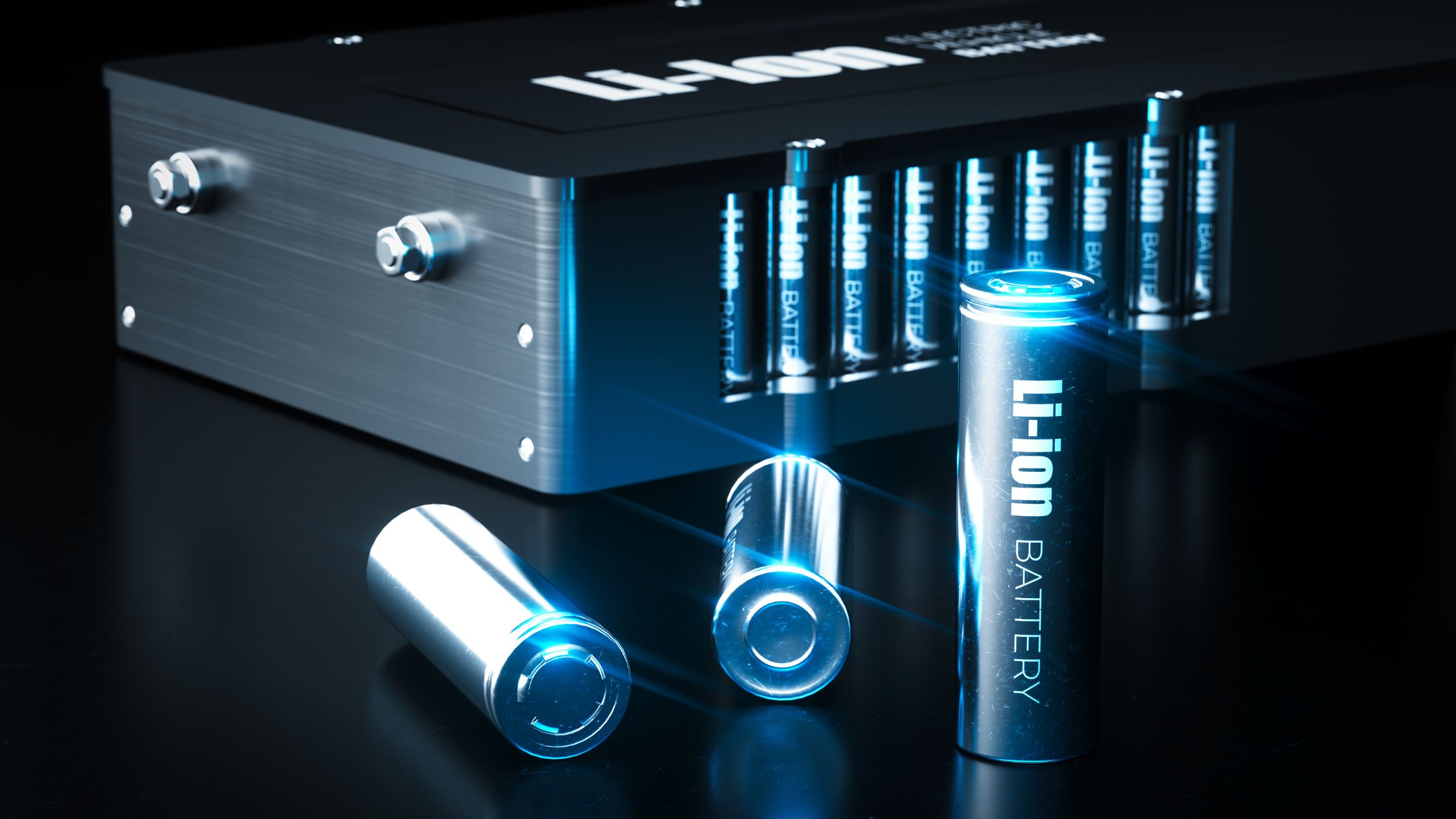Lithium-ion batteries are powering our future. After all, they are an integral part of Australia’s transition to a lower-carbon economy. However, the fire risks are high.
What are lithium-ion batteries?
Lithium-ion batteries, the powerhouses behind our electronic devices such as mobile phones, laptops, e-bikes, power tools, and more, are not just ordinary batteries. They are rechargeable power sources with a unique composition that can make them highly efficient and potentially hazardous when not handled with care.
While lithium-ion batteries are powerful and essential for our modern lives, it’s crucial to understand their potential dangers. These batteries contain highly flammable electrolytes. If a battery were to burst its cells, it could release toxic, flammable, and explosive gases, leading to an intense, self-sustaining fire that’s incredibly difficult to extinguish and poses a significant threat to life and property.
It’s not just the batteries that pose a risk. Human factors, such as negligence in maintenance, misuse, and incorrect charging practices, can significantly amplify the fire risk associated with lithium-ion batteries. Understanding and addressing these factors is crucial for safety.
What are the fire risks?
Real-life incidents underscore the need for caution. For instance, on 19 Jan 2024, in a unit at North Bondi, an e-bike left on charge exploded, causing a fire. This incident, along with many others, highlights the potential dangers of lithium-ion batteries.
Factors that increase the fire risk may include:
- overcharging or use of non-compliant charging equipment
- overheating or exposure to heat or extreme temperatures
- Dropping, crushing or damaging the battery
- Short-circuit, battery or system malfunctions
- Defects during manufacture.
An ACCC report reveals that charging is the most common time for fires. The Western Australia Department of Mines, Industry Regulation and Safety indicated that ‘house and building fires typically occur when a battery is being charged’. The Consumer Electronics Suppliers Association stated that ‘members advise that most incidents occur during charging.’
Electric Vehicle Firesafe specific data from Allianz Insurance notes that ‘more than 16% of Electric Vehicle Lithium-ion battery fires happen when connected to the charger’.
State and territory fire services have collectively responded to over 1,000 lithium-ion battery fires since January 2023. NSW Fire and Rescue Commissioner Jeremy Fewtrell stated, “We’re in a time of energy transition…we’re at a point where this is the challenge we’ve got to deal with, and it’s certainly a challenge that is testing us.”
Mr Fewtrell stresses that the batteries are ‘safe and effective’ when used correctly. Therefore, it’s crucial to use reputable suppliers who adhere to strict quality controls, charge devices per manufacturer guidelines, and correctly dispose of batteries and devices when damaged.
What are the implications for insurance?
According to a recent article in Insurance Business Magazine, insurers are considering policy modifications to manage risk, such as setting conditions for safe battery storage, adhering to manufacturer guidelines and purchasing from reputable suppliers.
Adequate policies, procedures, and monitoring in place for the maintenance and management of electronic devices and electric cars can help business owners mitigate risk for insurance.
Your insurance adviser can help you establish the risks for your business. With their advice, you can confidently decide how to keep, mitigate or transfer those risks to insurance.
How do you mitigate the risks of lithium-ion batteries?
Given the rapid pace of technological advancements, staying informed is crucial. A wealth of information leaflets, manufacturer guidelines, and nationwide campaigns provide tips and advice on safely using and maintaining devices containing lithium-ion batteries. By educating ourselves and adhering to these guidelines, we can play a vital role in ensuring our safety and the safety of those around us.
Five tips to mitigate the risk
1. Check Product Quality
Ensure products meet local safety standards and purchase from an authorised dealer. It’s critical to avoid cheap or counterfeit chargers as they may include different safety features than genuine or high-quality products.
2. Check for Damage Regularly
Maintain an inspection register for all devices, including age, quality, and performance. This register could include a replacement schedule according to manufacturer guidelines.
If you have batteries or chargers in common areas of a building, add those to your maintenance schedule.
Inspect fire extinguishers regularly and know their locations around the building or apartment complex. Ensure residents and occupants know what to do and how to operate should a fire occur.
Buildings that use lithium-ion batteries to support energy supply, such as solar, should install a Battery Management system to monitor cell voltage, currents and temperature to help avoid incidents. These systems require regular maintenance, optimal location, and good ventilation to keep them away from other potential hazards.
Should you notice any faults or damage, stop using the battery immediately and follow the correct procedures for replacement and disposal.

3. Follow Usage and Storage Instructions
Manufacturers set out the best practices for charging and storing devices. Be sure to read any advice provided about devices. For instance, charge devices in well-ventilated areas away from direct sunlight, ensuring they are not covered or enclosed while charging.
Use the recommended device charging period and avoid charging longer than required or overnight if you leave the premises. Manufacturers often recommend unplugging devices once they reach full charge because continuous charging can shorten battery life.
When storing devices with lithium-ion batteries for extended periods, ensure the battery charge is around 40-60%.

4. Have a Disposal Plan
Staying updated on product recalls and safety notices for devices and batteries is essential. When batteries or devices end their usable life, you must dispose of them responsibly.
Fire incidents within general waste are rising due to improper battery and device disposal. Waste compaction, shredding, and other methods that damage battery cells increase the fire risk for workers at refuse and recycling stations.
Recycling centres and electronic retailers offer comprehensive recycling programs to help your business dispose of batteries and devices responsibly. These resources are readily available, ensuring you have the necessary support to mitigate the risks associated with lithium-ion batteries.
5. Establish Your Risks
A critical step in mitigating risk is knowing and understanding your business risks. With a strong understanding of your financial exposure.
We help you identify and understand your business’s risks and how to transfer those risks to insurance best. We provide a detailed comparison of your identified risks to your current insurance program, highlighting areas for improvement and simplification that may generate savings or reduce your financial exposure.
You don’t have to wait for renewal time to adjust your insurance.
Contact us today for advice.
General Advice Warning: This advice is general and does not take into account your objectives, financial situation or needs. You should consider whether the advice is appropriate for you and your personal circumstances. Before you make any decision about whether to acquire a certain product, you should obtain and read the relevant product disclosure statement.
Clear Insurance Pty Ltd. ABN. 41 601 916 689. AFSL No. 548953.





